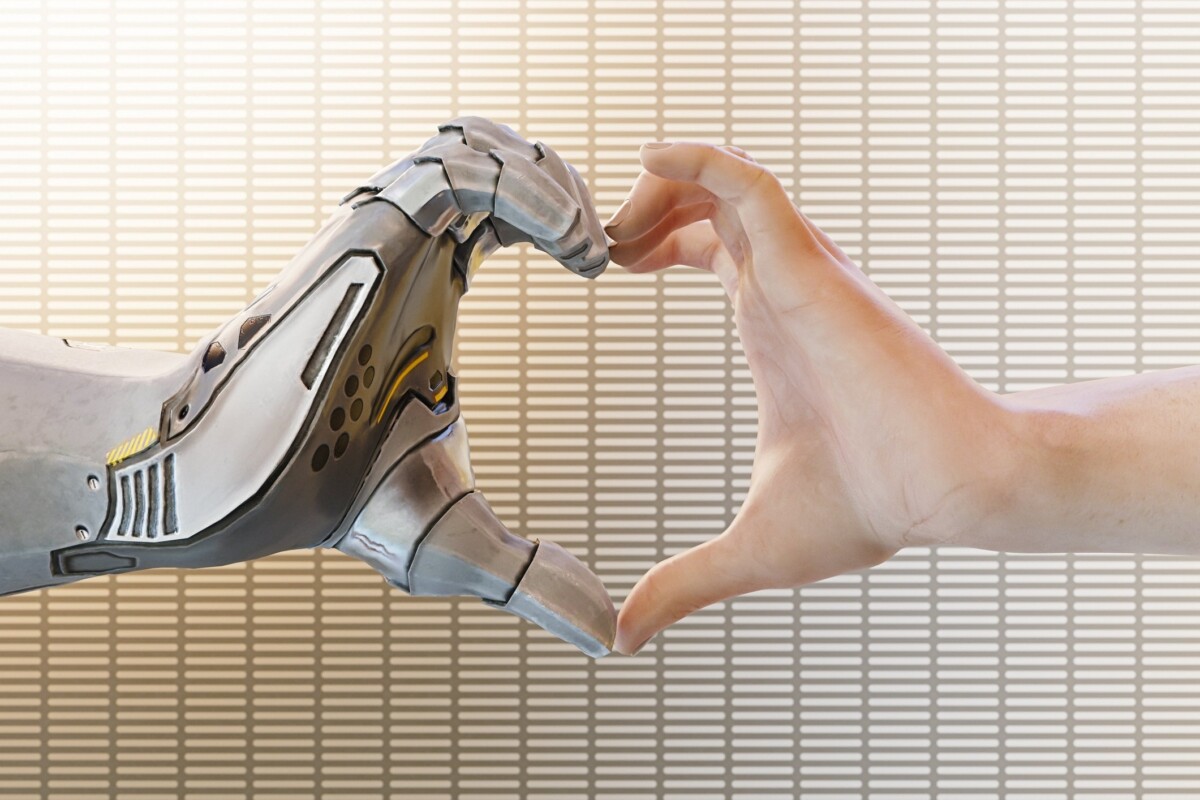Category: Week 5 (Feb 13 + 15)
-
Purposes to labor in Spike Jonze’s Her
The surrealist portrayal of Los Angeles in the mid-21st century where Computer Operating Systems hold both the capabilities and sensibilities to perform the same emotional functions as a conscious human, so much so that men and women alike are getting into serious relationships with their computers, is undeniably rich in its world-building. Fundamentally Spike Jonze’s…
-
Red is human; Her is Red
Amazon Prime Video captions Her (2013), directed by Spike Jonze, as “a love story that explores evolving nature & risks in modern world.” The cinematography and plot of Her are incredible through its utilization of color. One in particular is red. The outfits of Theodore are red, office interior accents are red, and even Samantha,…
-
One Man Show
Her is an unusual film. Unusual, yet successful, at least in my eyes, in the way the story was executed. My first impression after the movie was “most of the movie was close ups of Theodore’s face.” I thought about how few times he interacted with other humans throughout the film and how isolating that…
-
Her: Gendering of AI
Is your AI lover also your servant? In “Her,” like the robotic character Kyoto in “Ex Machina,” Samantha is endowed with a female voice, thereby assigning her AI system a female gender identity. Mackereth posits, “In Her, the technology of gender is crucial for the credibility of the romance between Samantha and Theodore. Samantha’s femininity…
-

Not human. Not code. But a secret third thing…
Humans cannot help but develop emotional attachments for the things they own and it certainly does not help that we anthropomorphize everything—that includes AI chatbots. Advancements in the artificial intelligence field are occurring faster than you can say knife and allowing chatbots to simulate emotional connections, and even enter marriages with us. Although these AI…
-
Concerned with AI?
In “Weizenbaum’s nightmares: how the inventor of the first chatbot turned against AI,” Ben Tarnoff explores the life of Joseph Weizenbaum as he began to develop concerns about the future of Artificial Intelligence (AI) and humanity. In 1966, Weizenbaum became the first person to invent a chatbot which he named Eliza. Eliza’s role was to…
-
Creators & Creations: To whom am I speaking with?
Recently on Twitter (X, if you must), a user posed a question asking for examples of scholars who spent years after their discovery distancing themselves from it. The example stated in the Tweet itself is Oppenheimer, and various popular responses include Dong Nguyen and the highly addictive Flappy Bird, David Mech and his outdated analysis…
-
Weizenbaum Now
The Guardian article, titled “Weizenbaum’s Nightmares: How the Inventor of the First Chatbot Turned Against AI,” provided me with a historical journey that shed light on the origins of AI. Reflecting on AI today, I’m struck by the current boom in this ultramodern field, which seems to have emerged primarily in the last decade. However,…
-
Week 5 Searcher Blog
Eliza – one of the first chatterbots (chatbot) and one of the first case of Turing Test. The Eliza Effect: The tendency to project human traits – such as experience, semantic comprehension, or empathy – into computer programs that have a textual interface. The effect is a category mistake that arises when the program’s symbolic…
